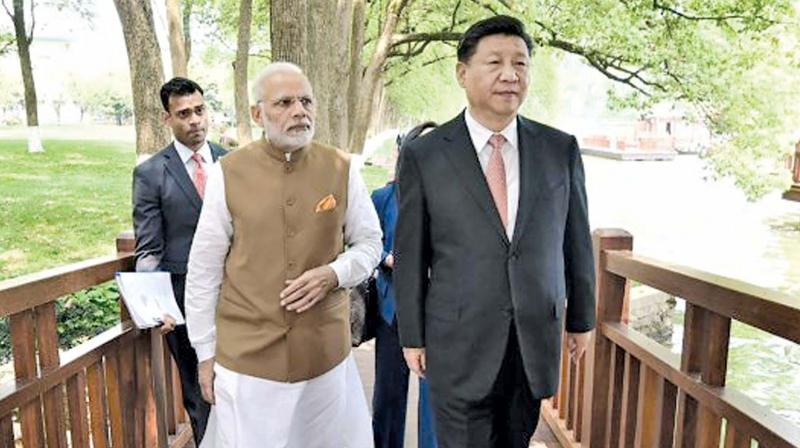Trade seeks greater access to China market

Chennai: The exporters are looking forward for some positive development from the meeting between Prime Minister Narendra Modi and Chinese President Xi Jinping, which is happening at a time when Regional Comprehensive Economic Partnership (RCEP) negotiations are going on. While there are a lot of reservations about opening up the Indian market for China, exporters want removal of trade barriers for products they ship to China.
While the US-China trade war presents an opportunity for India to grow exports, China too sees India as a potential market.
“We largely export raw materials like steel and cotton, while China sends finished products to India. We want to protect our manufacturing sector from cheaper Chinese goods and want to export more value-added products,’ said Israr Ahmed, Regional Chairman, South, Federation of Indian Export Organisations.
“India has a trade deficit of $53 billion with China and hence that country should provide more easier access to our products,’ said Sanjay Jain, former Chairman, Confederation of Indian Textile Industry.
According to him, China is a buyer of Indian cotton yarn and fabric. “Due to preferential tariffs, exports from Vietnam, Pakistan and Indonesia to China have been growing. From being the largest yarn exporter a few years back, we have lost almost 50 per cent of the exports this year. Similarly, China can buy more fabric from India as it will not affect its domestic production,’ he said.
However, a free trade agreement in textiles presents a threat of increased synthetic textile imports from China. Similarly, agri exports present an opportunity as well as a challenge. India can grow its leather footwear exports to China, but China is a large producer of cheaper non-leather footwear.
According to Sharad Kumar Saraf, President FIEO, manufacturing costs have to be competitive to increase exports to China. “The important sectors that need to be focused are bulk drugs, engineering products, chemical products, etc, he said.
Even in gems and jewellery, India has a trade deficit of over $300 million as China exports silver bars, gold bars, rough coloured gem stones, rough pearls and buys lesser quantum of cut and polished diamonds, gold jewellery and polished coloured gem stones.
The trade is also expecting increased investments from China into the manufacturing sector. ‘China is exiting production of several goods due to higher labour costs and pollution concerns and it is shifting base to neighbouring countries. This presents an opportunity for India as we have a large domestic market as well,” said Ahmed.
In order to attract investments, plug-and-play policy should be in place in the manufacturing sector. Pre-approved facilities for manufacturing can tap the opportunity that arises when Chinese companies shift production bases.

